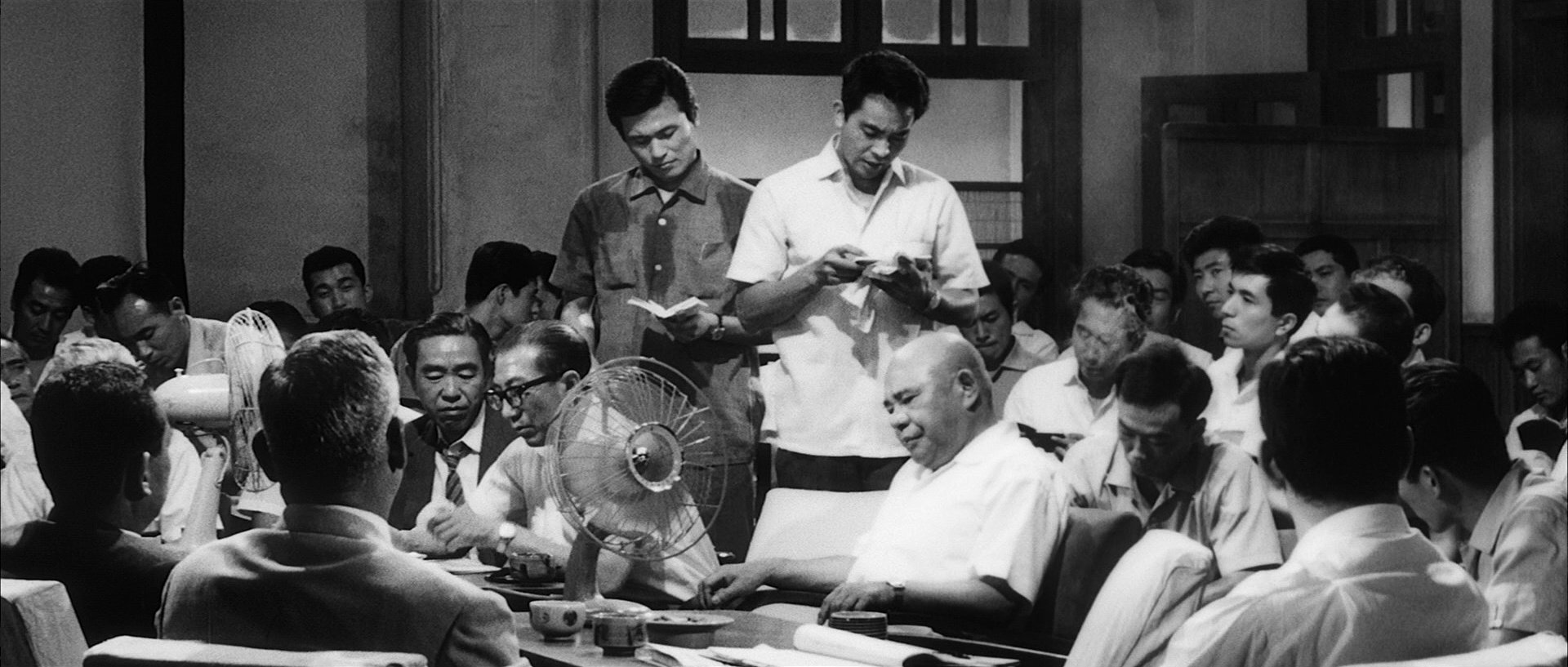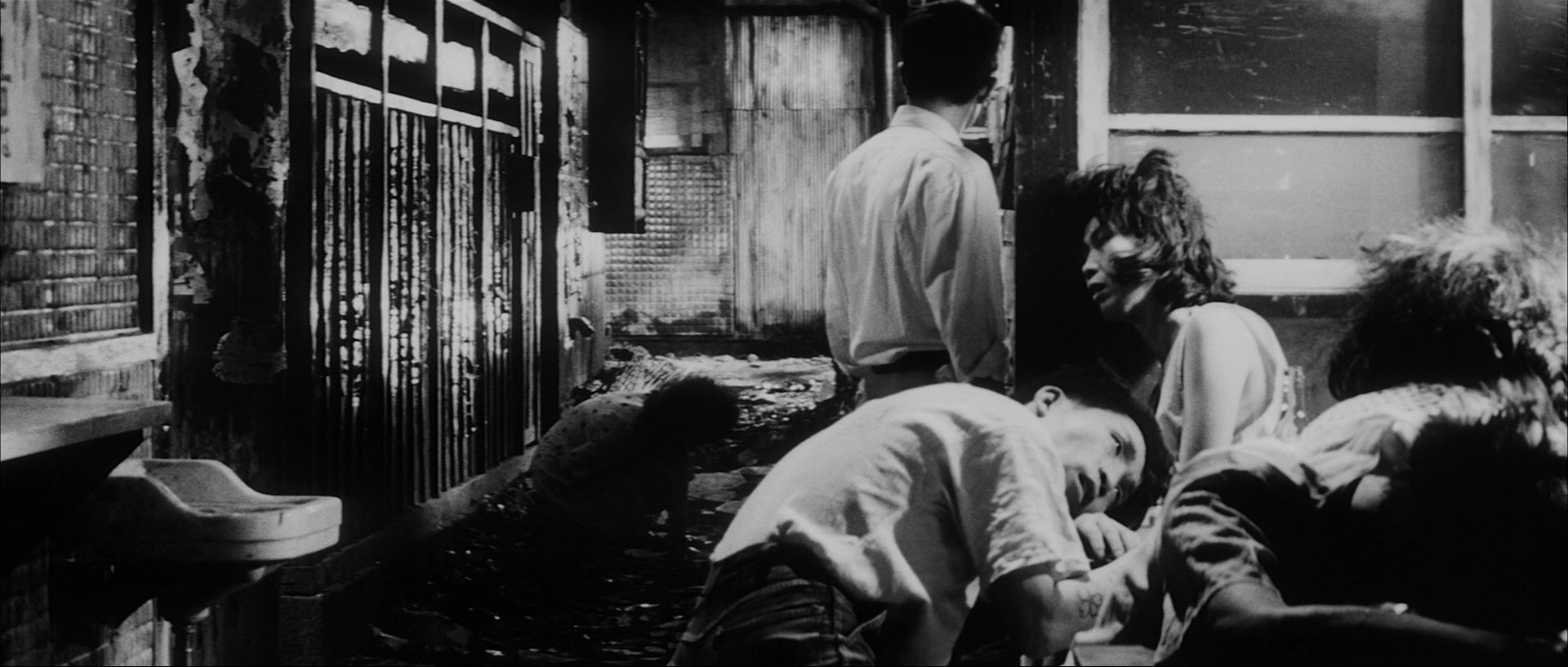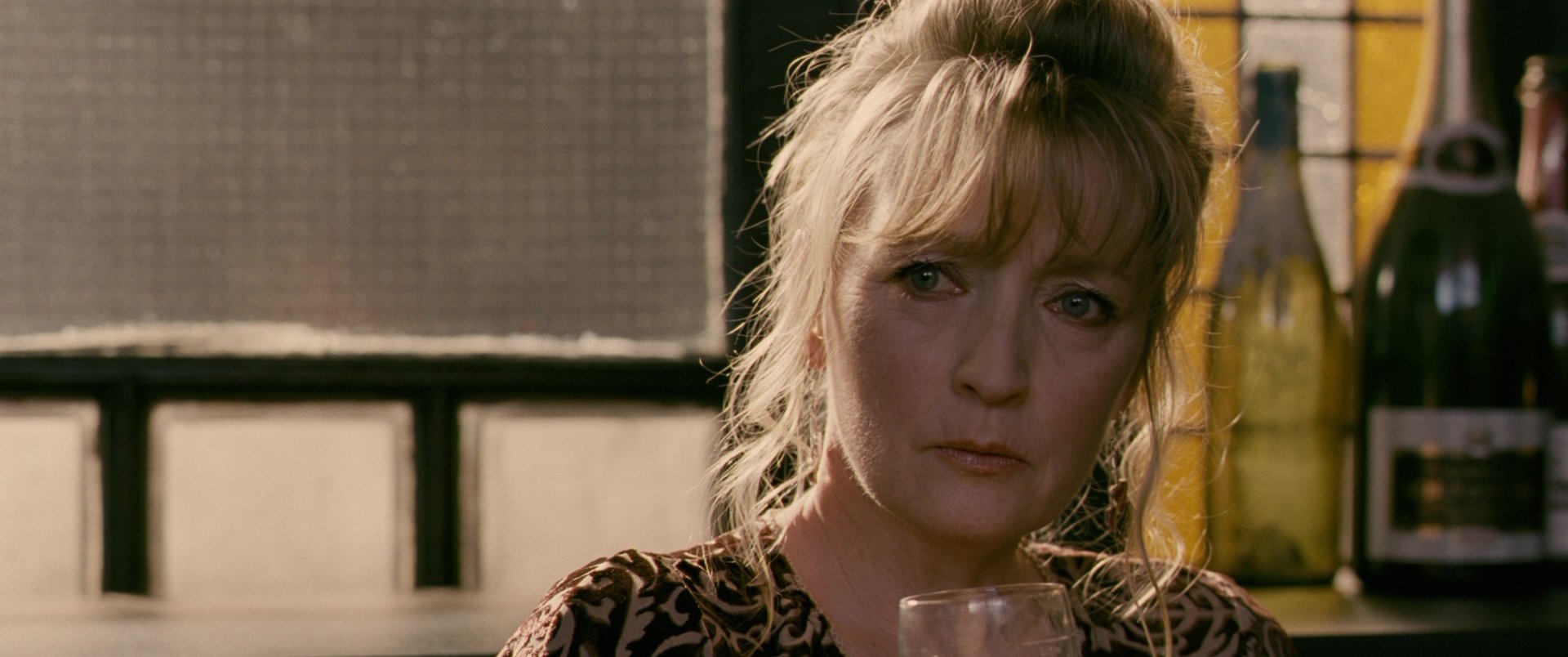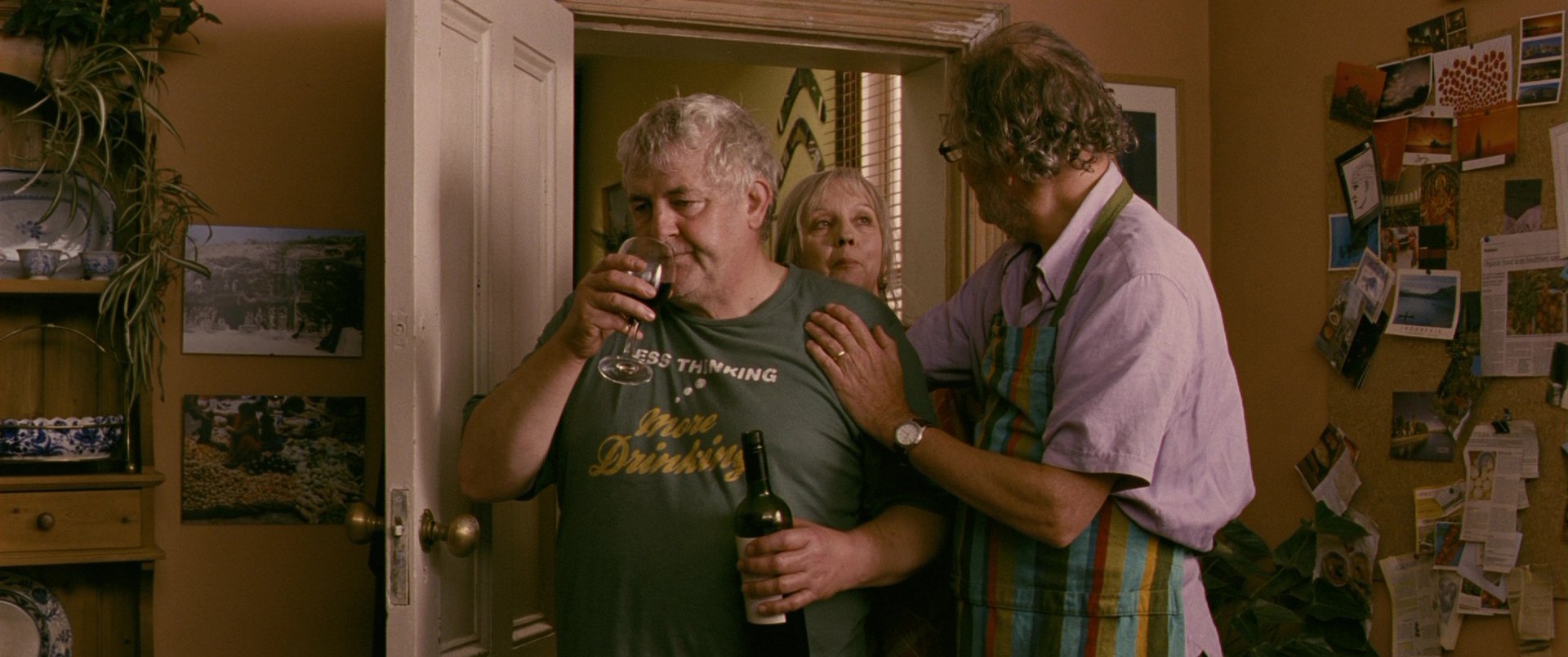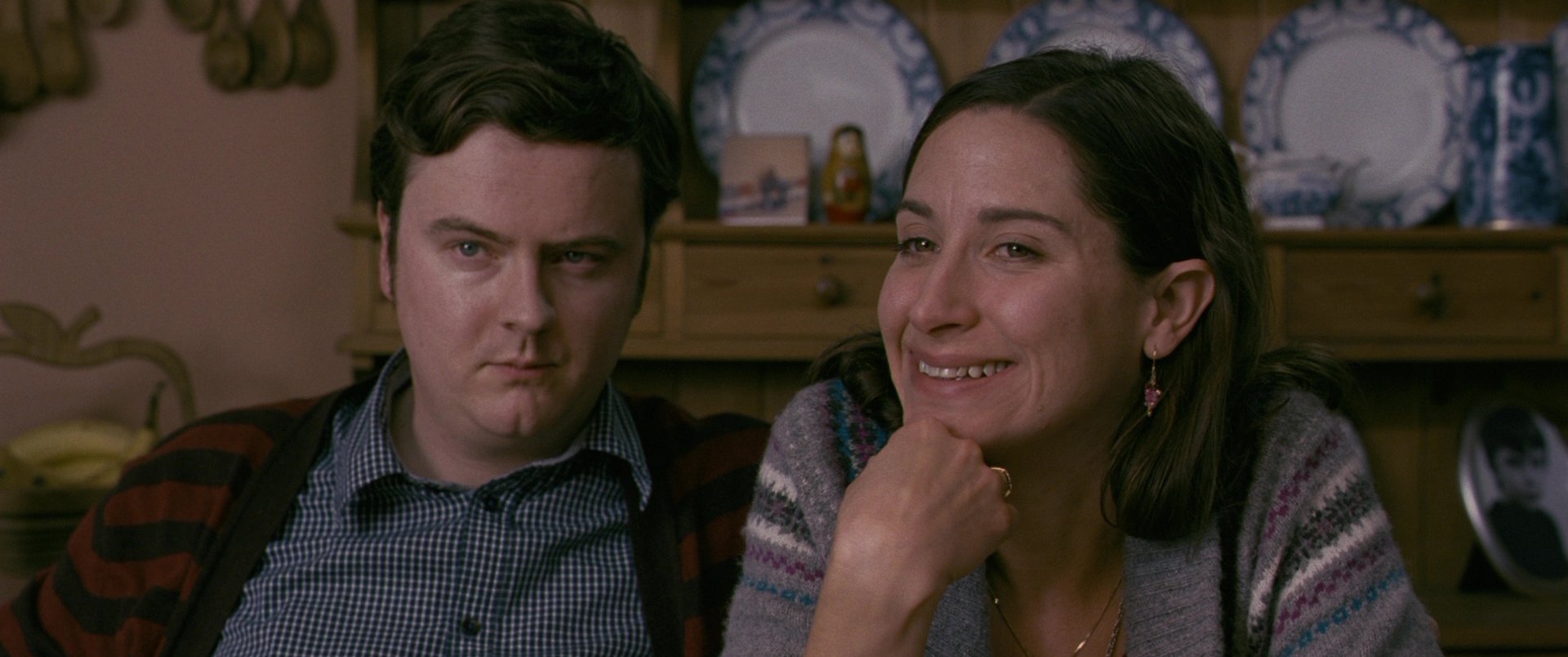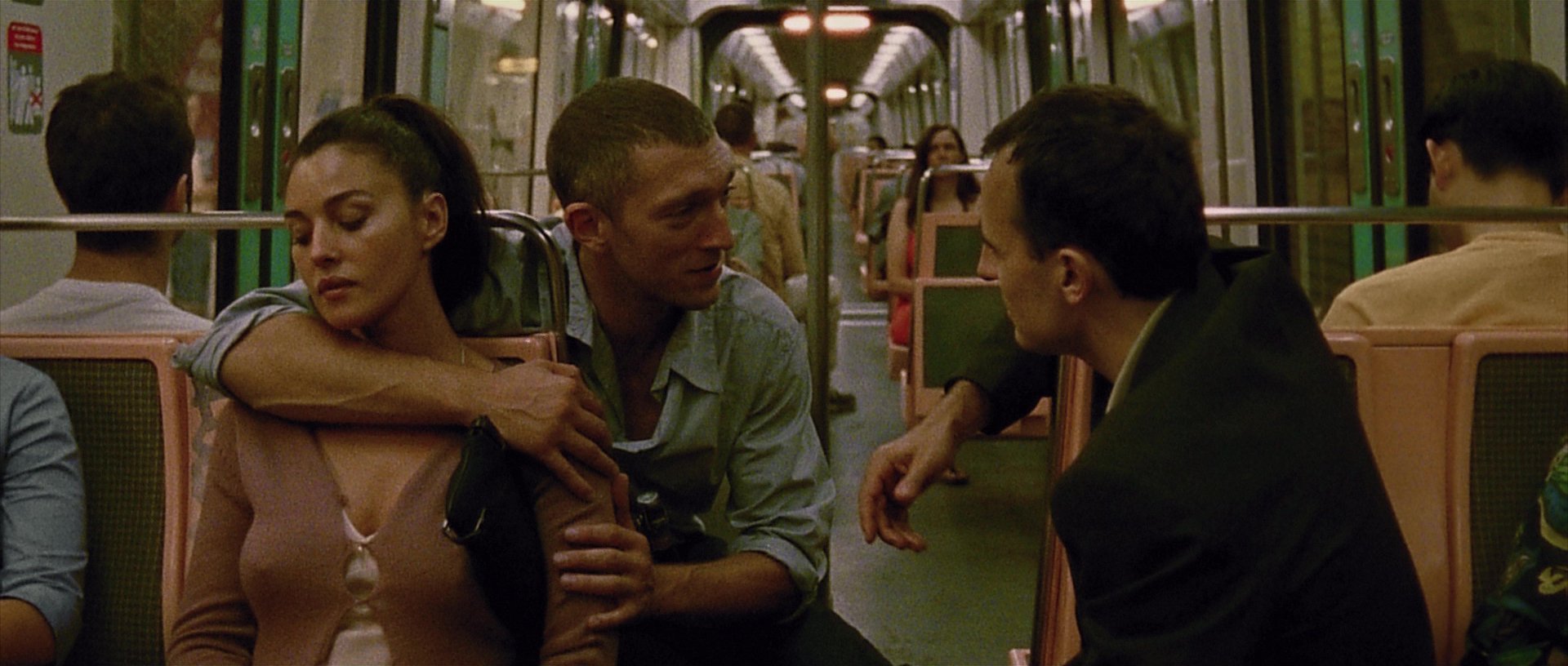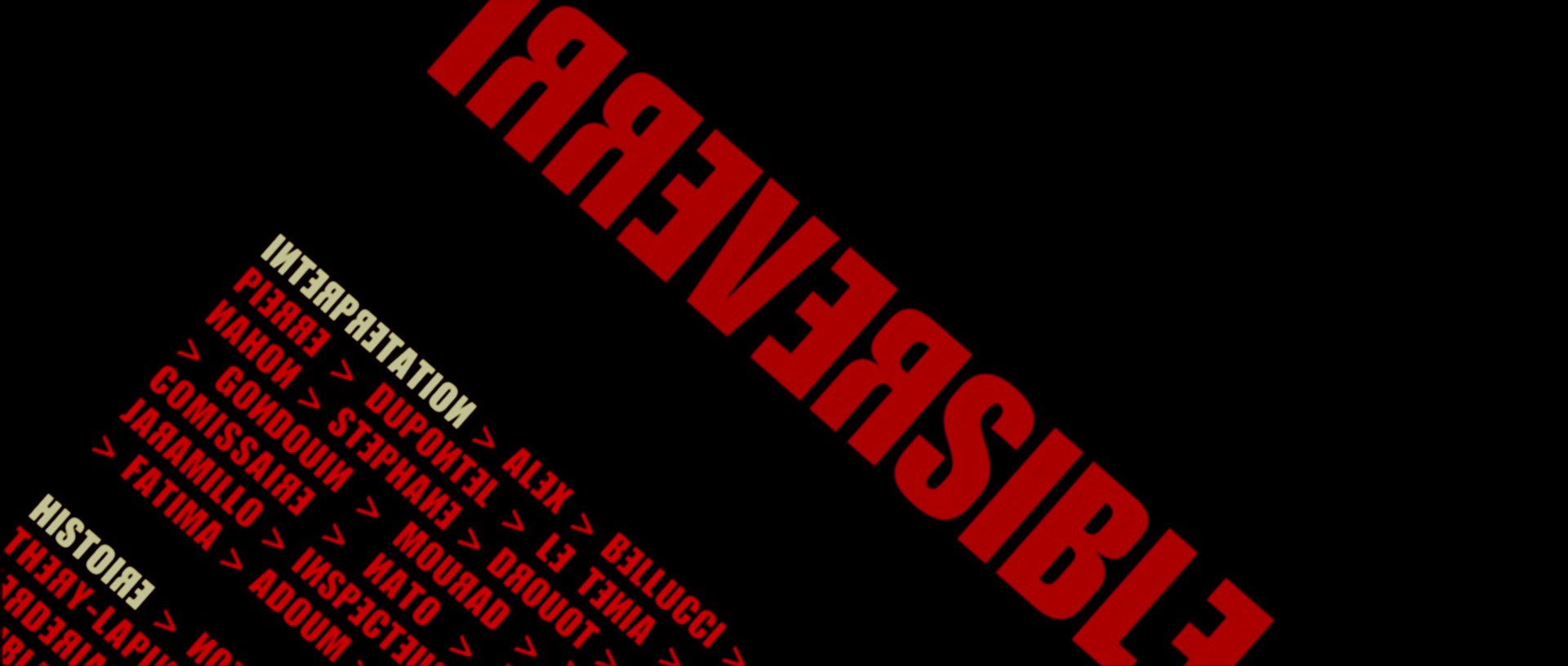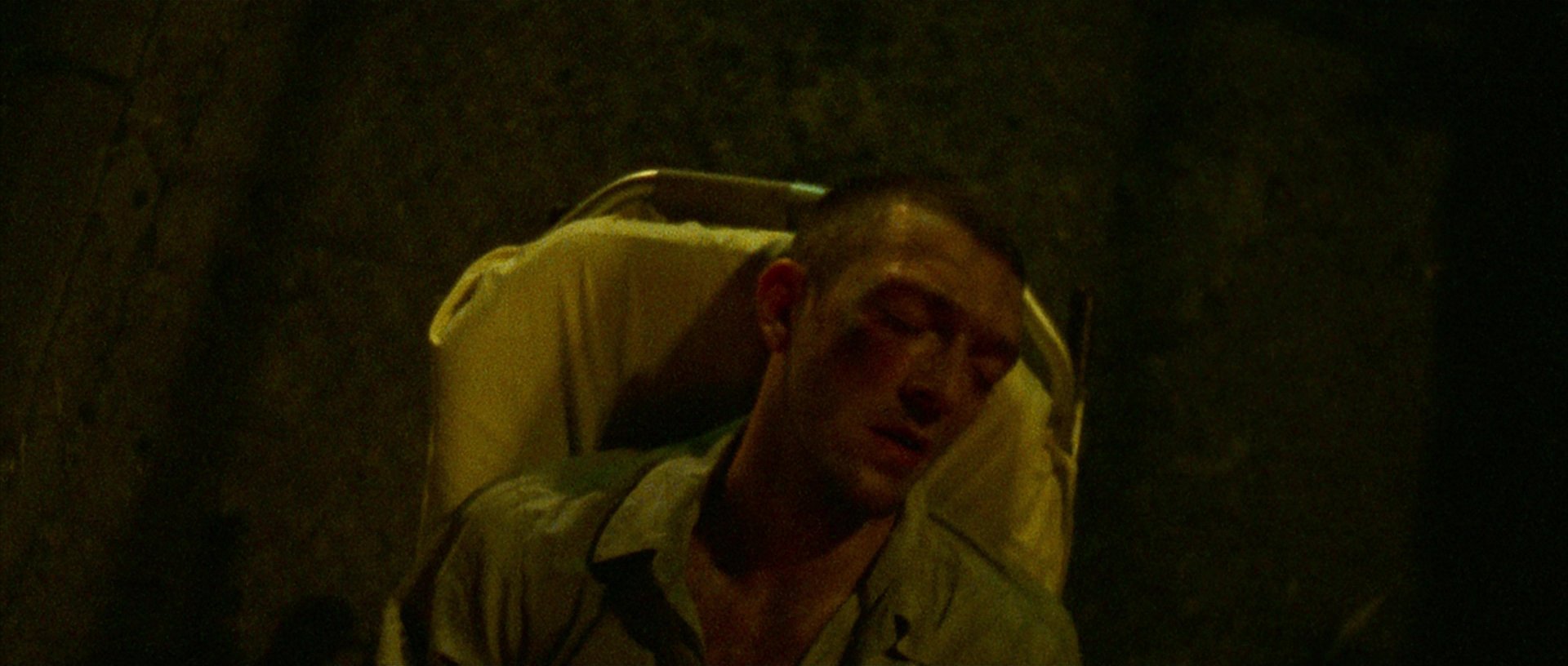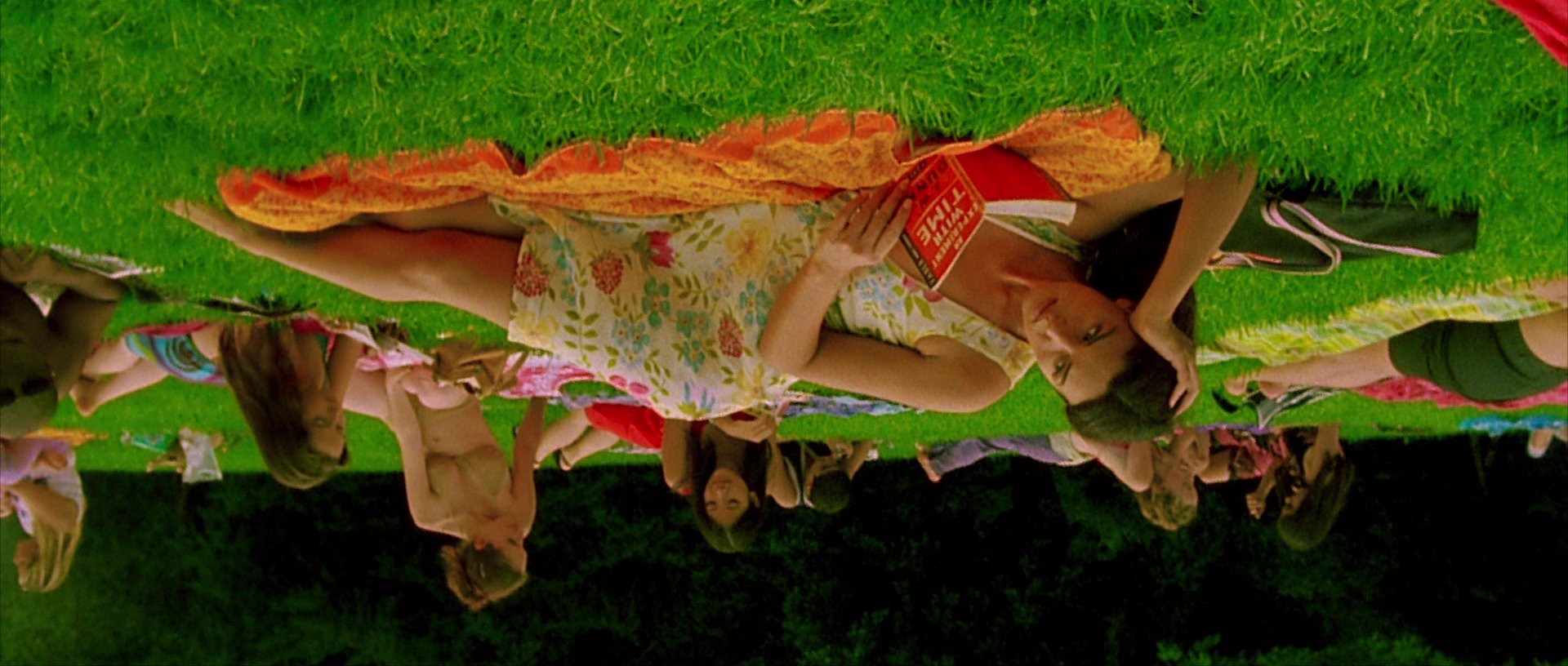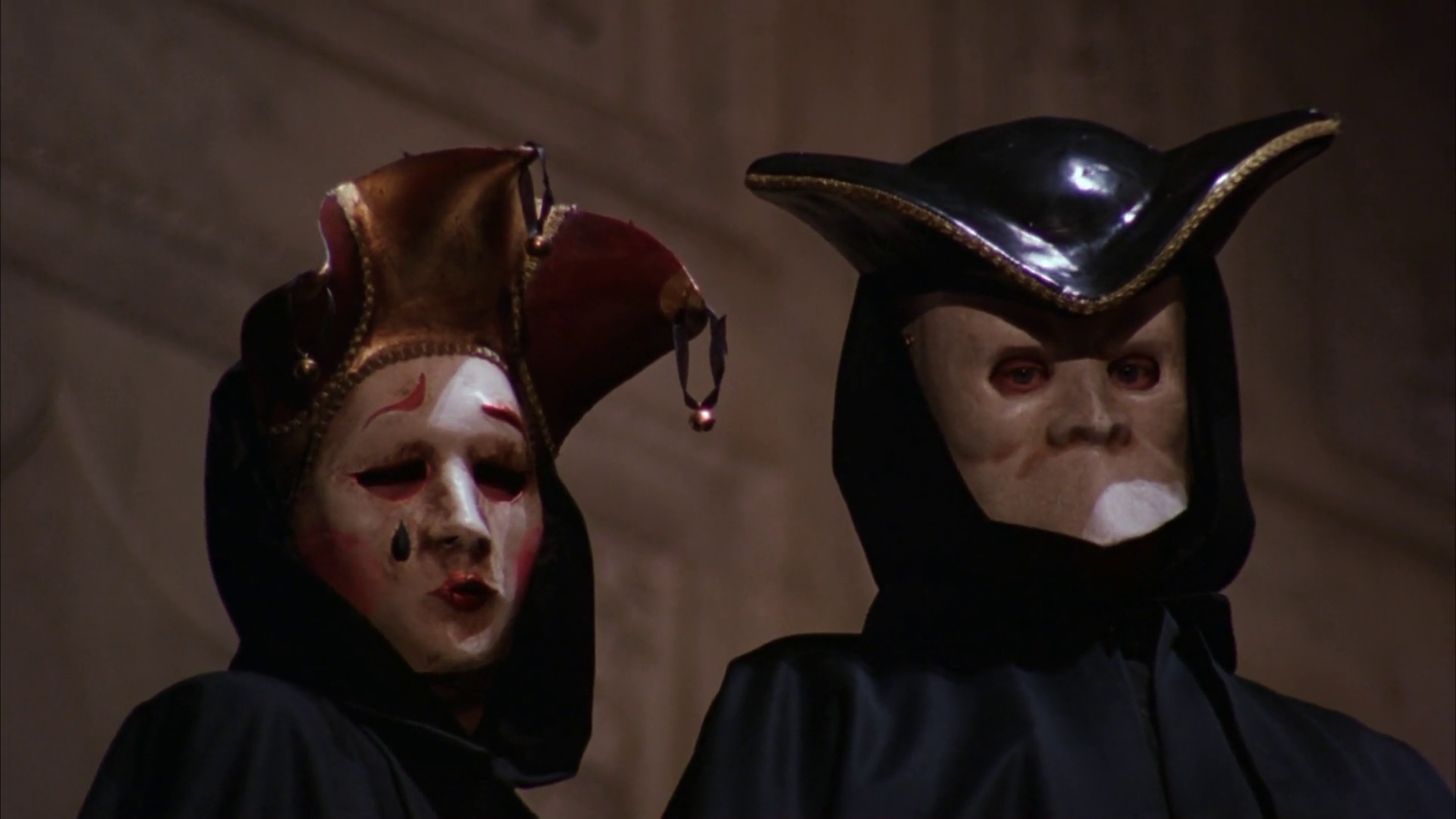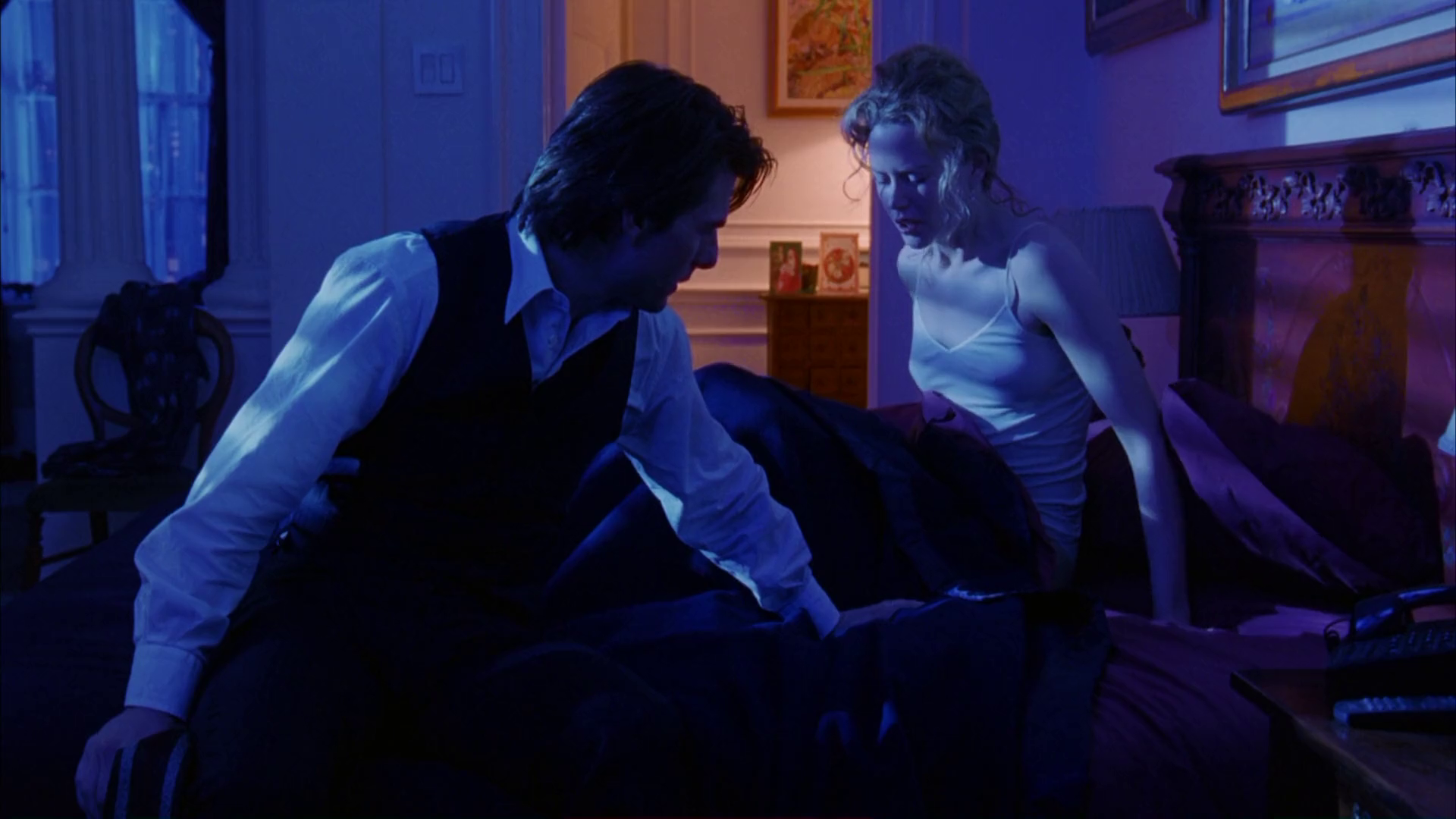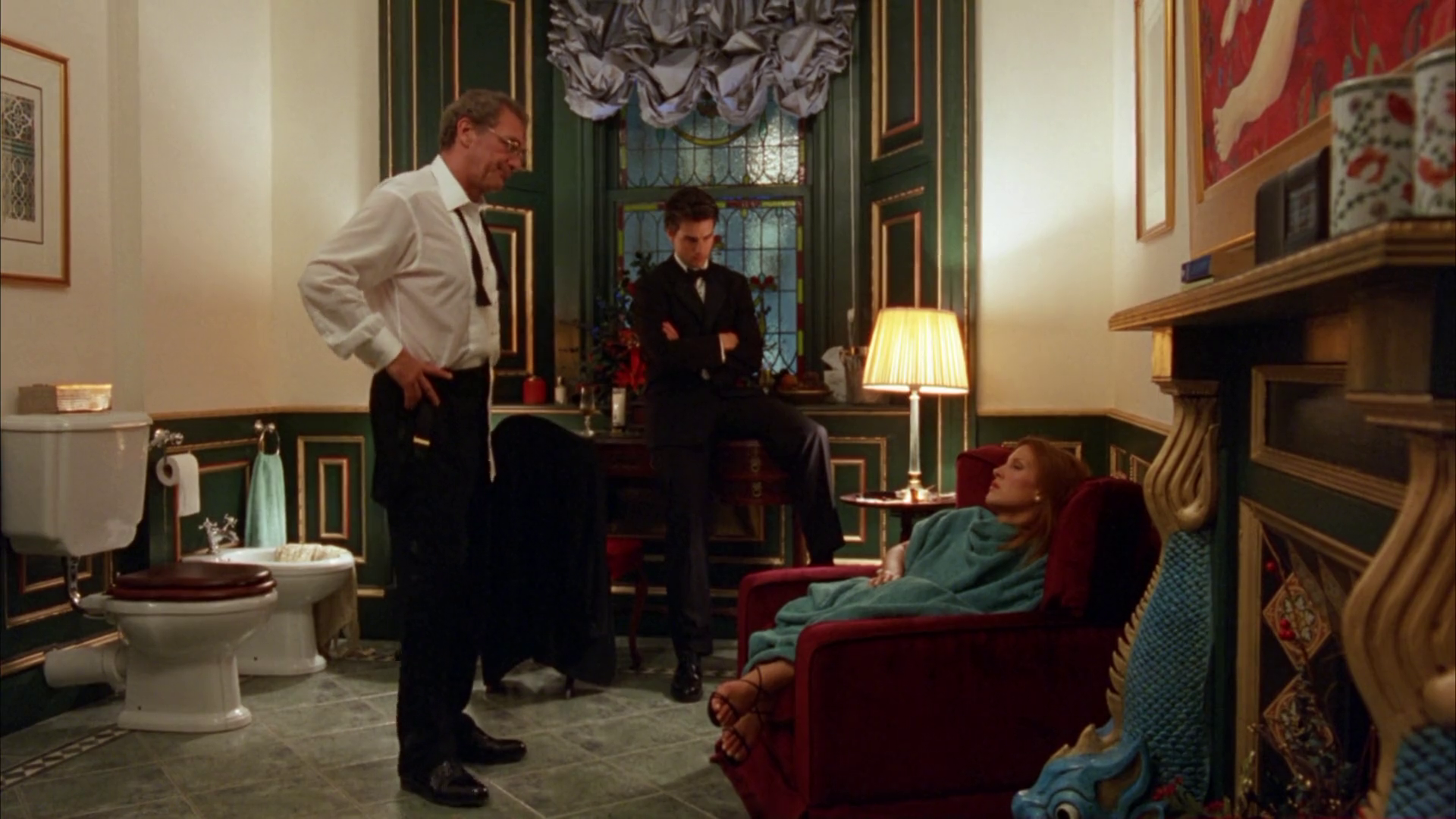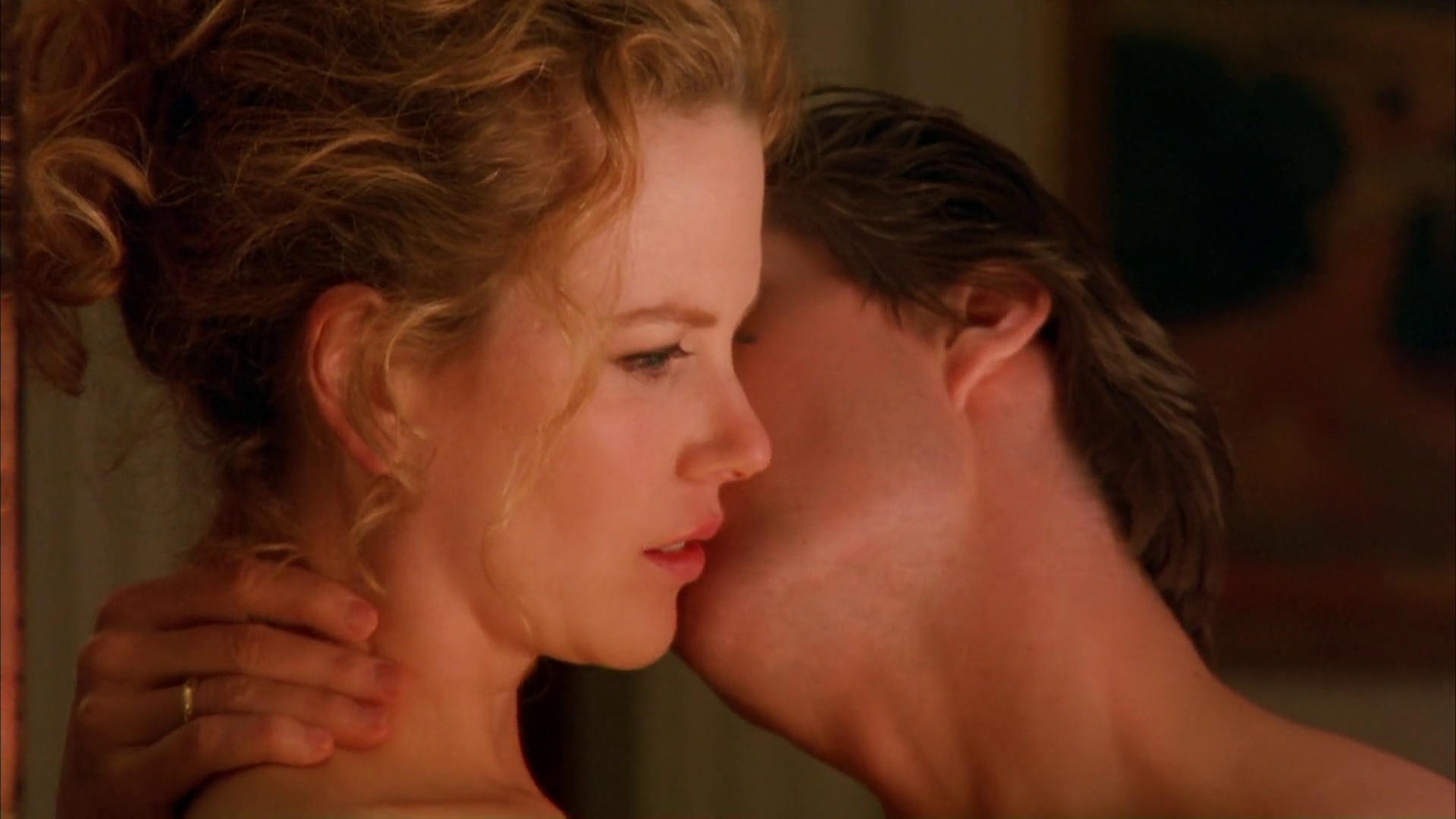Directed by Elia Kazan, A Tree Grows in Brooklyn is based on a novel that tells of a poor Irish American family in the first two decades of the twentieth century. The central character is a 13-year-old girl named Francie Nolan. She has a hard-working mother, Katie, who cleans the tenement building they live in for little pay, and her father is Johnny, a kind, charming man who works as a singing waiter.
Alcoholism plays a major part in A Tree Grows, much more than in Brothers. Johnny is very rarely employed, and although everyone in the movie seems to like him personally and enjoy his company, he can’t seem to keep a steady job. He is too much of a “pipe dreamer.” Consequently, he turns to alcohol.
The Irish tend to have a different relationship with alcohol than other cultures. A common point of comparison is with Italian’s drinking habits: McGoldrick writes that “Italians tend to drink primarily while eating, whereas the Irish do the opposite. They often avoid drinking when eating because food diminishes the effect of alcohol.” For the Irish, often times alcohol is means of escape from the oppression and socio-economic conditions they are enduring.
Irish alcoholism also ties back to their religious upbringing, “The male alcoholic cycle in an Irish family may correspond to the religious cycle of sin, shame, guilt, and repentance, allowing brief periods of emotional contact without threatening the rigid distances usually maintained within the family.” Here McGoldrick begins to touch upon the primary differentiator between The Brothers McMullen and A Tree Grows in Brooklyn. The characters in Brothers are very open with each other—they’re constantly talking over their sexual exploits, their feelings toward their significant others, and the guilt they feel regarding these things. The physicality of the performances in the film reflect this openness. In the aforementioned bathroom scene, the two brothers are half naked in very close proximity to each other discussing their feelings. Additionally, the film itself is extremely honest about its goals and intent. The dialogue contains overt allusions to the themes discussed in this paper: the word “sin” for instance is said many times.
A Tree Grows is much more reserved and so are the characters (when they aren’t drunk). Often times the characters don’t face each other when they are talking or emoting. The camera is always carefully placed in order for the viewer to see this misalignment. In one scene, Katie talks to her sister about the struggles she’s facing financially. We don’t know it yet as an audience, but she is pregnant with her third child and hasn't told anyone yet. As they talk, Katie lies down on her bed. She stares at the ceiling as she talks, avoiding her sister’s eye line. They cut to a medium shot of her, for the first time in the scene excluding her sister from the frame. Visually, the film is communicating the act of its characters, and Irish Americans in general, partitioning off their internal sorrows from familial judgment. McGoldrick writes, “The few studies we have of ethnic differences in response to physical pain suggest that the Irish show minimization, confusion, and inaccuracy in describing their pain, have high pain tolerance, and are likely to suffer in silence. … Unlike Jews, for whom the very experience of shared suffering is meaningful, the Irish believe in suffering alone.”
The Irish have a long-standing tradition of developing their “verbal skills.” Poetry in particular has “always been highly valued by the Irish and closely associated with their love of dream and fantasy.” Similar to alcohol consumption, writing can lend an Irishman the ability to lift themselves out of their material conditions, both literally in the financial sense and psychologically. “Their tradition of verbal obfuscation is a typical adaptive strategy for oppressed peoples, but the Irish raised this ability to a high art. They have come to place great value on complex, even convoluted, mystification and double entendre in their language.” McGoldrick compares this phenomenon in the Irish American vernacular to the “similarly rich and colorful language” developed by African Americans, although conceiting that their “‘double language’ does not entail such ambiguity, perhaps because, unlike the Irish, they could distinguish each other from their oppressors.”
She is, of course, primarily referring to the fact that the English oppressors of Ireland were generally of the same complexion, but interestingly her words apply in other ways within A Tree Grows in Brooklyn. They’re a sequence midway through the film where Francie and her father take a walk to another area of Brooklyn. New York is so densely populated, even back in 1912, that wealthy and poor families live very close to each other which consequently caused strife among classes. The film hints at that dynamic when Francie points out the nicer school in wealthier area and says she wants to go there. They devise a plan to attend this school via tricking the principal into thinking she is living with an aunt nearby. As soon as her first day in this new school, it is abundantly obvious that these children are receiving a lot more attention and care than the children at her previous school. Even in the absence of ethnic divides (which this film does not delve into), wealth inequality rears its head as an oppressor.
Speaking as a therapist, McGoldrick gives a sense of what it could be like to communicate with Irish Americans as a social worker, “The therapist may have difficulty discerning an Irish family’s needs because members seem at the same time extremely articulate, yet unable to express their inner emotions. This inexpressiveness of the Irish in therapy may not be so much a sin of active resistance, as blocking off of their emotions even from themselves.” She goes on to say that “the Irish may also fear being ‘pinned down’ and may use mystifying language to avoid it. Their affinity for verbal innuendo, ambiguity and metaphor is what the English call ‘talking Irish,’ referring to their way of communicating and not communicating at the same time.” Now, this piece of commentary from McGoldrick may boarder on eroticization of the Irish, but it nevertheless is helpful in understanding the psychology of child in such an emotionally distant environment.
One of the most potent scenes in A Tree Grows is the last time we see Francie at her old school. Her teacher, framed with a long lens from Francie’s POV all the way on the other side of the massive classroom, slams her pointer stick on the chalkboard repeatedly, reading the end of John Keats poem “Ode on a Grecian Urn” with an overbearing staccato rhythm:
“‘Beauty is Truth, Truth Beauty,’ – that is all
Ye know on earth, and all ye need to know.’”
Then the uninterested class of students repeats after her. Expecting purely rote memorization, the teacher isn’t anticipating anyone actually appreciate the words for the work of art that they are, but Francie, clearly connecting the poetry to the struggles her beloved father is facing—his alcoholism, his self worth issues, his tragic romanticism—stands up and asks,
“But if beauty is truth and that's all you need to know, then that means it's the most important thing. And if a man, I mean, if somebody spent all his time trying to be like that, well, it's hard to put, but no matter what else he did, then it would be all right, wouldn't it?”
This bit of dialogue perfectly encapsulates McGoldrick’s description of the Irish tendency toward poetically, and covertly, subverting one’s oppressive conditions.
Family researcher Theodore Lidz, when describing the patterns that take place in the Irish American family, also gives a complete explanation of the dynamics at play between Francie, her mother, and her father, “The Irish American child may grow up influenced by the mother’s tendency to treat her husband like a grown-up child, pretending to believe the fabricated tales he tells her and admiring his ability to tell them; and while she seems to defer to her husband’s authority, she holds the family reins tightly in her own hands.” Francie’s father tells stories about how his singing career is about to take off and how they’re going to spend their newfound wealth. Everybody at the wedding reception sang along with him, he says, and it’s only a matter of time before he’s discovered. On paper, this character may sound like he’s just a big talker, but James Dunn somehow plays him in such a way that draws sympathy. These fanciful stories are not a ruse, and her father has no ulterior motives. Instead, these stories are a part of what keeps this family from drowning. He certainly does not pull his weight financially, but he plays a psychological role in his family that is essential for the development of his children. Dreaming of a better life is a valuable commodity when commodities you do not have.
* * *
The Brothers McMullen achieves all it sets out to do but does so in the bluntest way possible. No theme is left unsaid. Heavy-handedness is not an inherent evil, but using that style to depict an Irish American family is counterintuitive. It has all the surface level attributes of a realist, character-driven drama, and yet it fails to understand how these characters (given their abusive father and lower-middle class Irish American background) would be far more closed-off emotionally. The shirtless bathroom confrontation scene is simply an impossibility. A Tree Grows in Brooklyn, on the other hand, accepts that subtlety, that poetry is needed to fully capture the experience of an Irish American family in the twentieth century.
The Brothers McMullen Rating: 2/5
A Tree Grows in Brooklyn Rating: 4/5


